
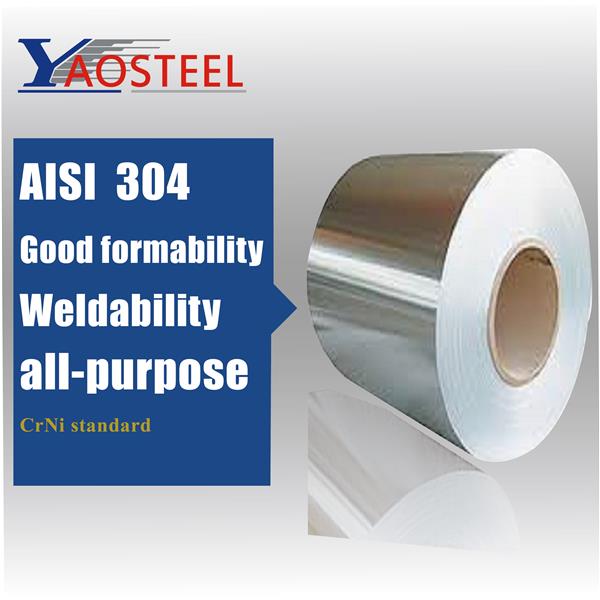
304 is used for a wide variety of home and commercial applications, which has a minimum of 18% chromium and 8% nickel.
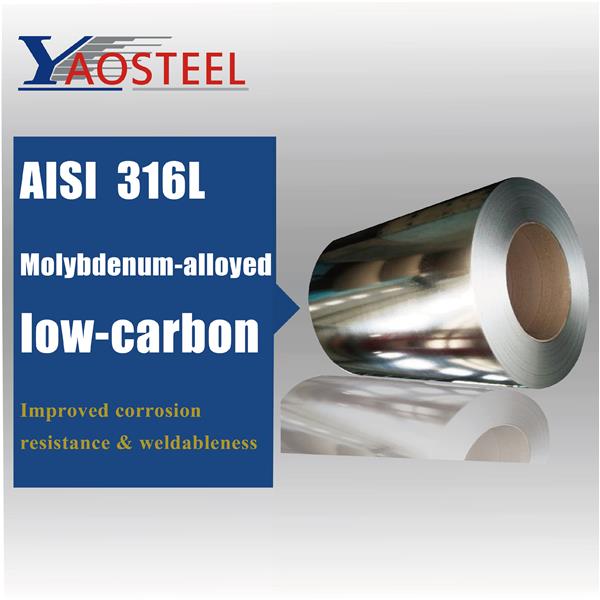
Alloy 316/316L is molybdenum-bearing austenitic stainless steel. The higher nickel and molybdenum content in this grade allows it to demonstrate better overall corrosion resistant properties than 304.

Stainless steel grade 301 is a commonly available austenitic stainless with good corrosion resistance and elevated carbon to allow for cold working to a variety of tempers. It can be obtained in the 1/4 hard, 1/2 hard, and full hard.The worlds first 301 stainless steel belt has a hardness of 610.
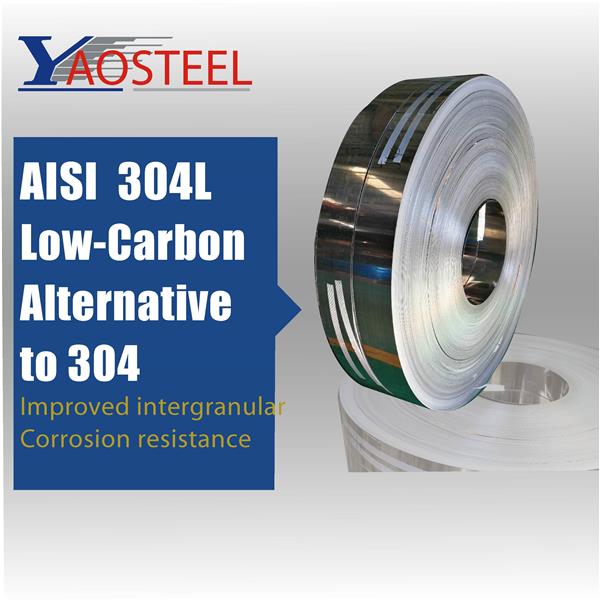
304L is used for a wide variety of home and commercial applications, which has a minimum of 18% chromium and 8% nickel. 304L has lower carbon than 304 but it can offer the better inter-granular corrosion resistance. We specialize in produce the semi-hard stainless steel coils/ strips, especially the tensile strength more than 1300N/m2
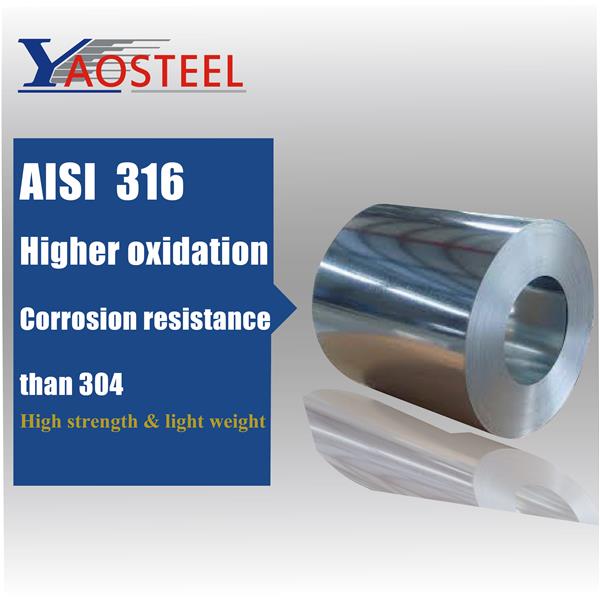
Type 316 and 316L are molybdenum-bearing austenitic stainless steels. These steels contain a higher percentage of nickel than 304. The resultant composition gives there steels much-improved corrosion resistance in many aggressive environments. The molybdenum addition ensures more resistance to pitting and crevice corrosion in chloride-containing media, sea water and chemical environments such as sulfuric acid compounds.
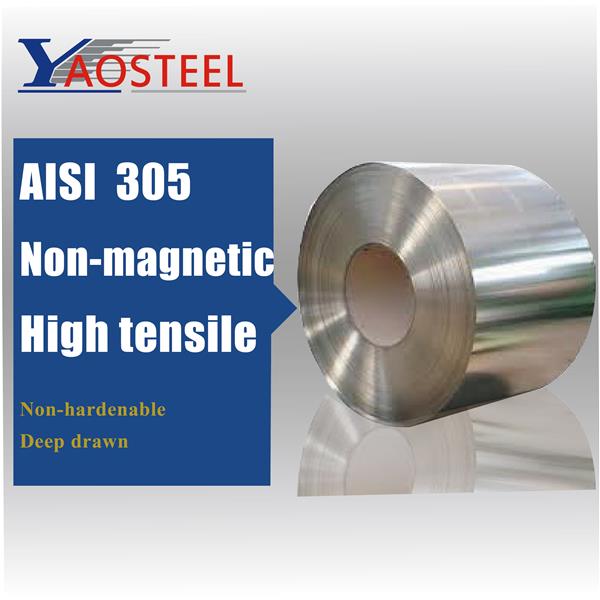
1. Type 305 Stainless Steel is an austenitic chromium nickel stainless steel that can be cold worked and deep drawn more readably than Type 302 and Type 304 due to an increased nickel content that decreases the work hardening rate of the material. 2.It is non-magnetic and cannot be hardened by thermal treatment. 3. It is non-hardenable by thermal treatment, but may be cold worked to high tensile strengths.